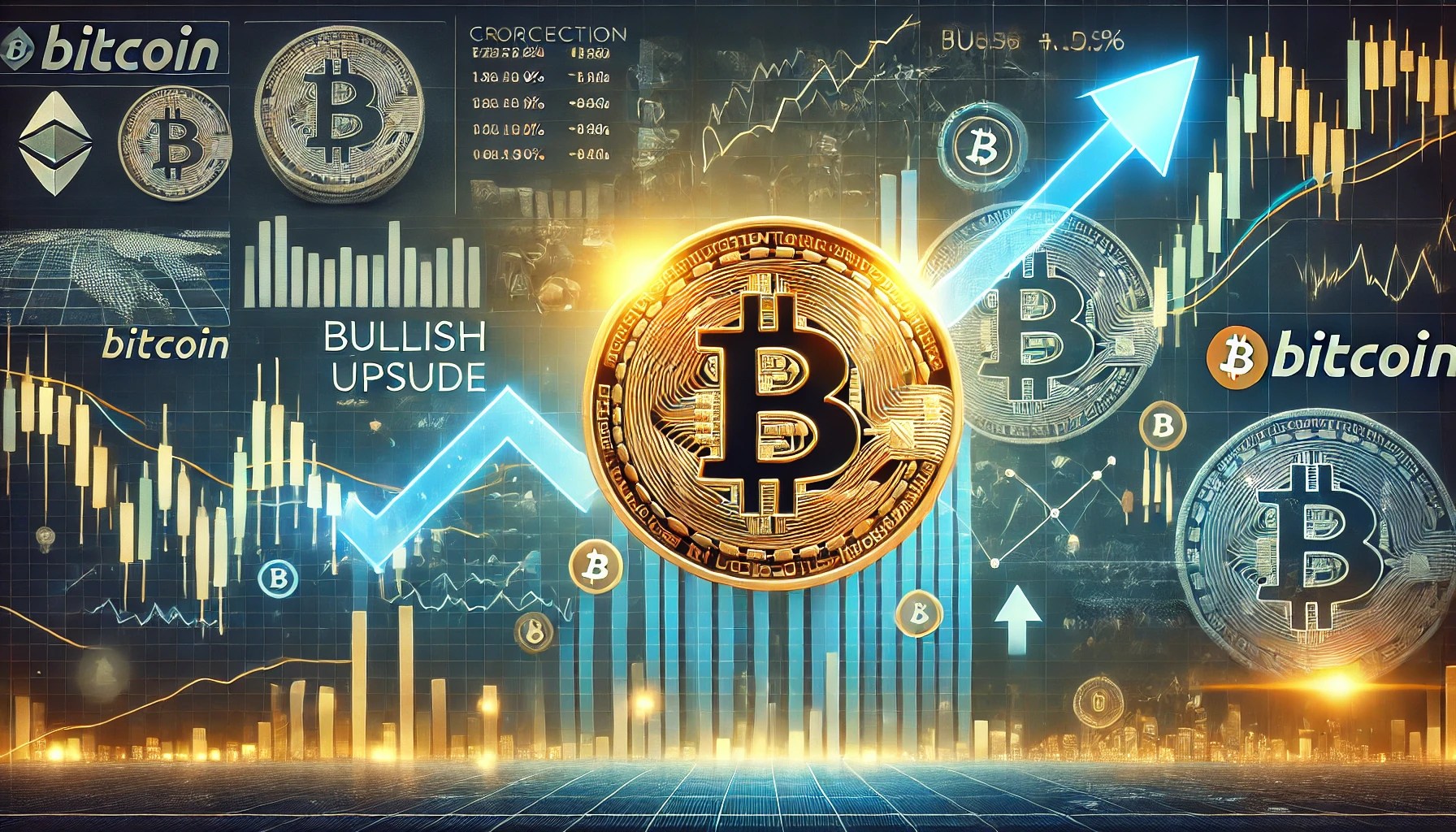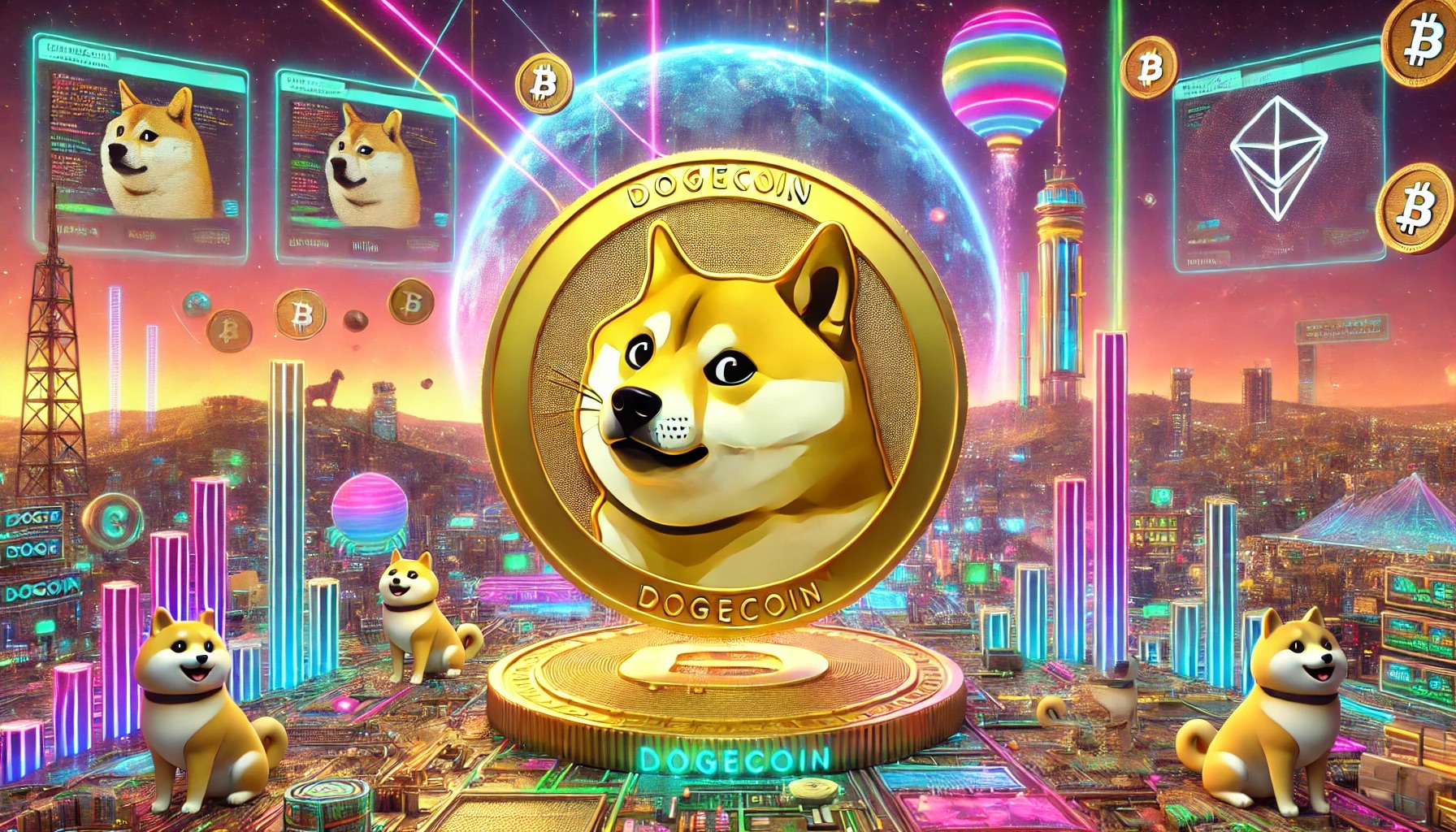ARTICLE AD
Ethereum co-founder Vitalik Buterin is becoming more vocal about the current meme coin craze.
“I want to see higher quality fun projects that contribute positively to the ecosystem and the world around them (and not just by ‘bringing in users’) get more mindshare,” Buterin wrote on Friday, March 29. “At the least, more good memecoins than bad ones, ideally those that support public goods instead of just enriching insiders and creators.”
Buterin also highlighted the potential for meme coins to serve as a third form of funding technology, catering to various societal causes (i.e., an AntiCancerCoin or ClimateCoin).
He further expressed concerns about the current surge in meme coins. There are currently more than 340 meme coins in circulation, according to CoinGape. Typically, these meme coins are just hyped by founders and insiders and have no real value to the general public.
Some of these meme coins even have openly racist elements within certain projects, particularly in the Solana ecosystem, Buterin noted.
Buterin expressed his concerns about how meme coins are dominating discussions within the crypto space in 2024. He noted their history, dating back to Dogecoin in 2015, and how they were a prominent topic during the 2020-2021 season. However, this time around, their resurgence is causing unease, as they lack innovation and substance.
Despite meme coin shortcomings, Buterin noted a successful example where he gifted half the supply of the Dogelon Mars token to the Methuselah Foundation, fostering a positive relationship between the foundation and the Dogelon Mars community, effectively converting ELON into a charity coin.
In exploring solutions, Buterin emphasized the importance of creating meaningful and engaging games within the cryptocurrency space.
“If the goal is to satisfy people’s desire to have fun, we should be making not simple copy-paste coins but rather more complicated and interesting games,” he said, advocating for the development of immersive experiences akin to “World of Warcraft” that offer both entertainment and utility.
From memes to multibillion-dollar pumps and rug pulls
Meme coins have emerged as a distinctive and contentious asset class, rooted in internet culture, humor, and viral trends. These coins, often named after characters, animals, or memes, have garnered significant attention and investment fervor, resulting in both remarkable gains and notable risks.
Notable meme coins like Dogecoin and Shiba Inu have captivated traders and investors globally. Initially perceived as an irreverent asset category, meme coins have transformed into a complex and volatile market sector, attracting devoted followers as well as cautious skeptics.
In contrast to conventional cryptocurrencies backed by tangible assets or practical applications, meme coins frequently lack intrinsic value, relying heavily on social media buzz, celebrity endorsements, and online communities for their valuation. This inherent fluidity renders them susceptible to drastic price swings and speculative trading activities.
While meme coins offer the allure of substantial profits during rapid value surges, they also carry inherent risks. Many within the financial sphere regard meme coins as high-risk assets, vulnerable to pump-and-dump schemes, market manipulation, and regulatory scrutiny.
Despite their entertaining facade, meme coins have encountered scrutiny for their associations with scams, rug pulls, and dubious practices. The absence of regulation and oversight in the meme coin realm has resulted in instances of fraud, deceptive marketing, and investor losses.

 7 months ago
44
7 months ago
44 

